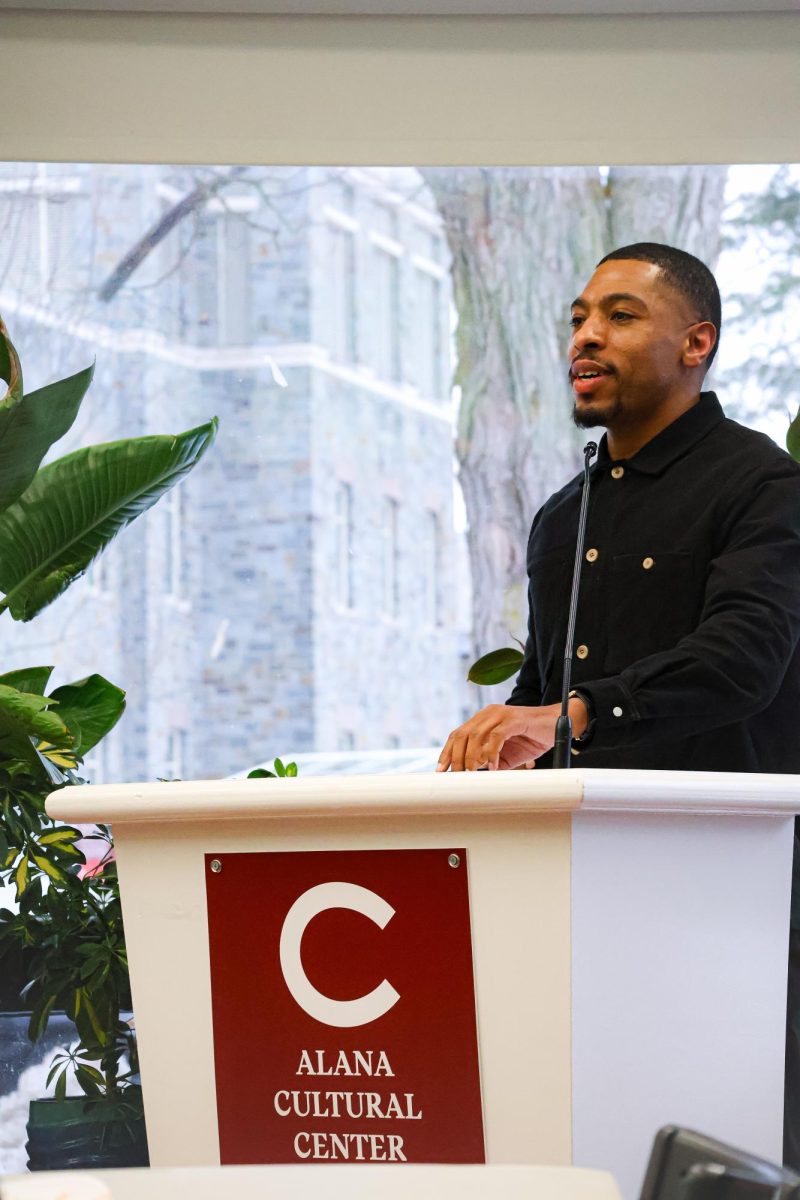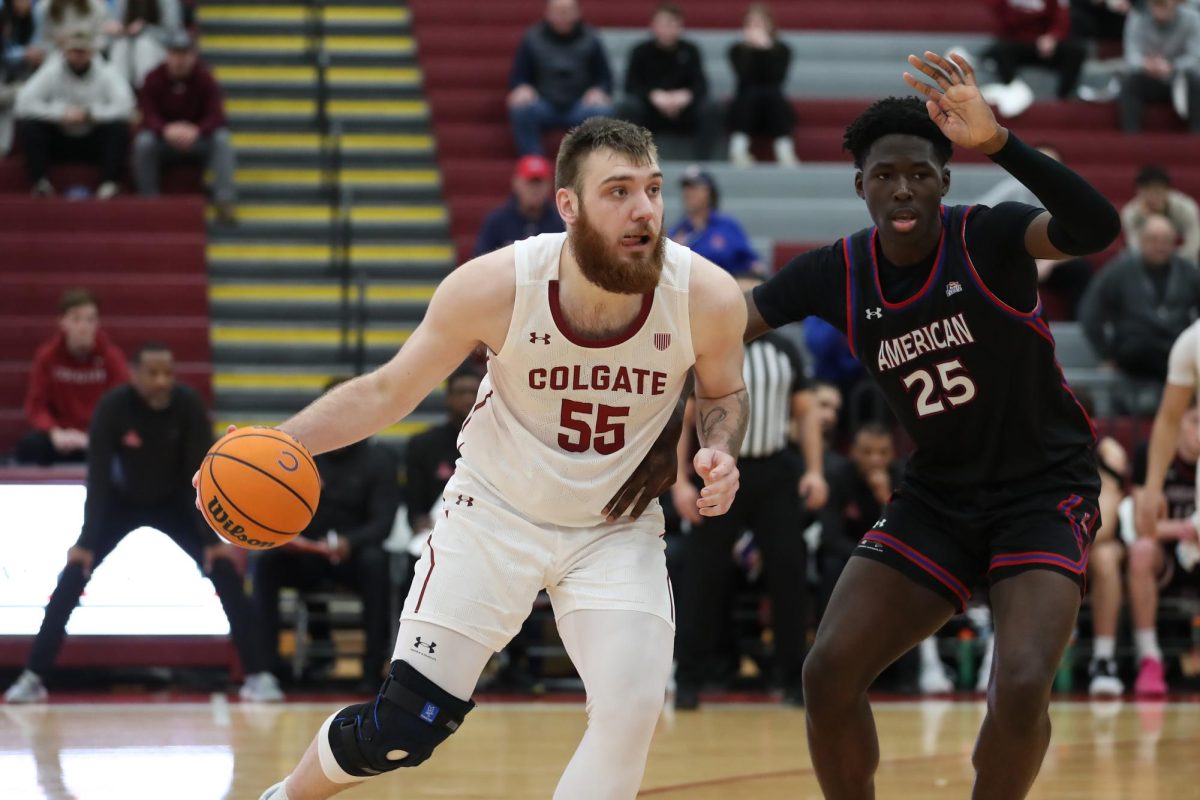The Center for Women’s Studies hosted Visiting Professor of Sociology Nona Gronert for a Feb. 11 discussion on “How Campus Sexual Violence Became a Legalized Problem” as part of the center’s weekly brown bag series.
Gronert opened her talk by describing the history of sexual violence and its corresponding legislation, defining three terms foundational to her research: legal ambiguity, legal pluralism and legal indeterminacy. These terms, as described by Gronert, allow for a deeper understanding of the law as it addresses cases of sexual violence.
“Studying campus sexual violence helps us understand questions about power justice and institutional change,” Gronert said.
Gronert’s primary research stems from her socio-historical case study of a university that she refers to by the pseudonym of “State University.” This case study oversaw the analysis of 1,807 newspaper articles, 23 interviews of key actors and 67 archival documents, drawing on policy changes from 1972 to 2017. During this period, Gronert found that the university went from having zero to multiple state and federal laws governing sexual violence on campus. With this changing legal environment, she simultaneously observed how university actors and activists interacted with the new laws.
Gronert split her findings up into three different layers. Layer one, which she called “Sexual Violence as a Social and Legal Problem,” is the most foundational of the three, as it describes the introduction of sexual violence into federal and state laws. Gronert explained how no law addressed sexual assault in the context of college campuses until about a half-century ago. Eventually, advancements such as the Sexual Assault in Education and Statistics Act moved this layer forward. The act was proposed in the late 1980s and went into effect in 1990.
Gronert referred to the second layer as “Sexual Assault as Student Misconduct.” This monumental step in her research went into depth on how the university was able to suspend and expel students as a result of acts of sexual violence. In 1991, its student government lobbied the governing board to include sexual assault in the code of conduct. As a result, a new emergency rule was implemented. This rule introduced a new legal framing of sexual assault in higher education, classifying the act as both a crime and a form of student misconduct.
The third layer encapsulated research that Gronert conducted in the early 2010s, titled “Sexual Violence as Gender Discrimination.” This layer attests to the application of Title IX in cases of sexual violence on college campuses. While early references to Title IX protect the right to equal and accessible university education, it took years of activism to propel this policy into cases of sexual violence. As Gronert described, it was not until 2014 that sexual violence clauses were cemented into Title IX.
“Each change in law of policy adds another layer of legal understanding,” Gronert said.
Sophomore Lauren Kelley shared why she found Gronert’s presentation to be so important.
“It was interesting to discuss how the opinions of students and universities have had differing views of what constitutes gender-based discrimination and how this specifically has impacted women and continues to do so now,” Kelley said.
Sophomore Maddie Theveny shared Kelley’s intrigue.
“I think the Brown Bag was really interesting because we discussed topics like Title IX and how universities handle certain situations, which is especially relevant right now since we might not know the future of certain laws that are supposed to protect students,” Theveny said.















